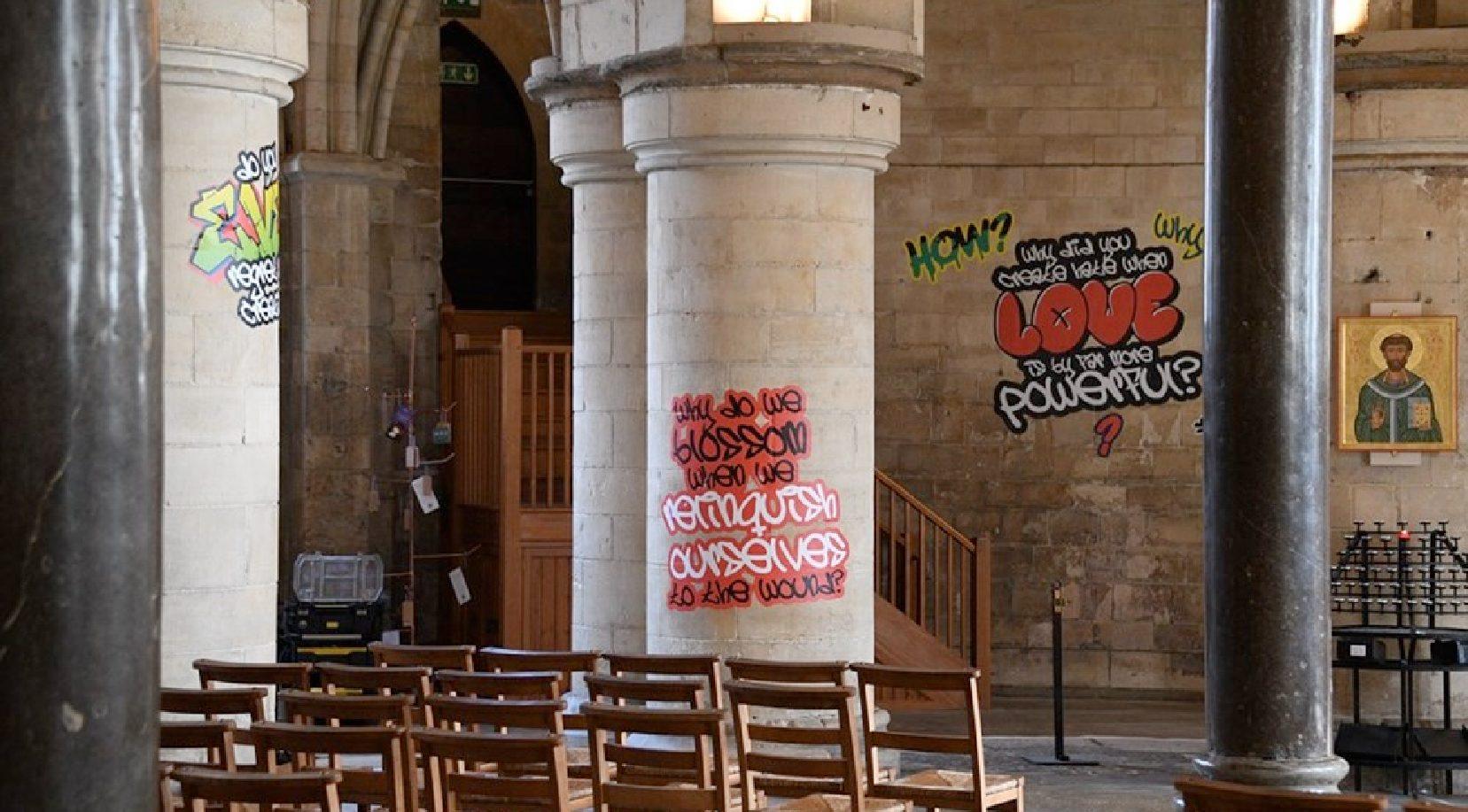Controversial Graffiti Incident at Canterbury Cathedral

Introduction
The historic Canterbury Cathedral, a UNESCO World Heritage site and a pivotal place of worship in England, has become the centre of controversy following a recent graffiti incident. This event has raised questions regarding the preservation of cultural heritage and community respect for historical monuments. As an iconic symbol of English architecture and spirituality, the cathedral’s integrity is of utmost importance to both local residents and tourists alike.
The Incident
On a quiet Sunday morning, staff at Canterbury Cathedral discovered several tags sprayed across the exterior walls of the ancient building. The graffiti, which included a mix of local slang and symbols, was reported to have emerged late at night. The cathedral authorities condemned the act, calling it a “disgraceful attack” on a revered icon of British history. Witnesses nearby expressed shock, noting the beauty and significance of the cathedral.
Community Responses
In the wake of the graffiti incident, responses from the community have been mixed. Many local residents have rallied in defence of the cathedral, organising clean-up efforts to restore its pristine appearance. Social media has also buzzed with reactions. Some argue that the graffiti represents a voice of the youth, while others insist that such vandalism disrespects the sanctity of historical sites. A local artist has even proposed creating a mural in a nearby area, allowing for street art expression without damaging historical structures.
Legal and Conservation Implications
Authorities are currently investigating the incident and are working closely with the police to identify the culprits. Graffiti on such important heritage sites can lead to significant legal repercussions. Additionally, this incident has spurred discussions on the need for better protective measures for historical landmarks. Experts are advocating for increased surveillance and community engagement to prevent future incidents, stressing that such acts threaten not only the structure but also the cultural legacy it represents.
Conclusion
The graffiti incident at Canterbury Cathedral serves as a stark reminder of the delicate balance between modern expression and the preservation of historic sites. As communities contemplate the implications of vandalism versus artistic expression, this incident shines a light on the importance of respecting cultural heritage. Moving forward, it is crucial for local authorities, artists, and the community to find harmonious ways to celebrate creativity while safeguarding England’s rich history for future generations.
